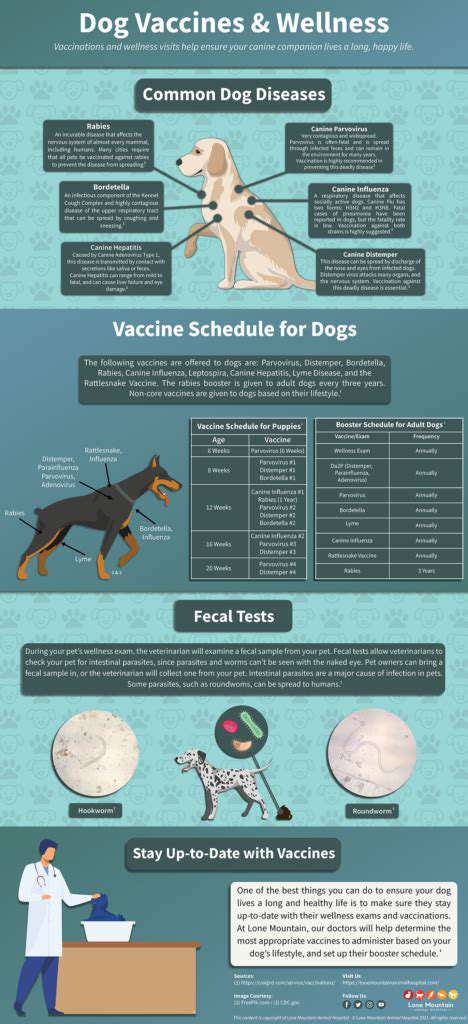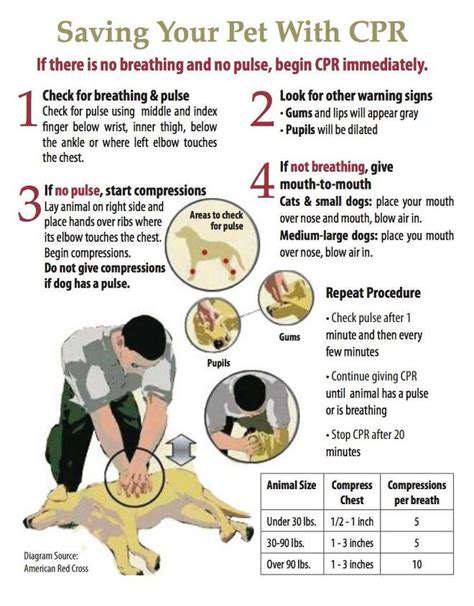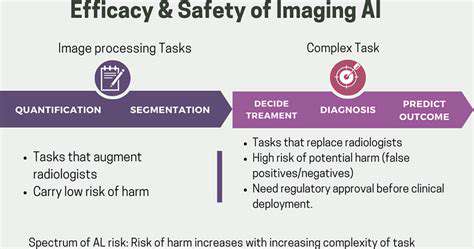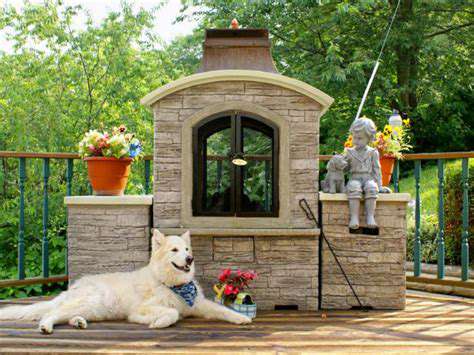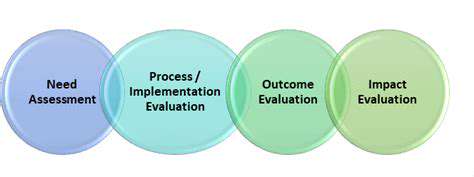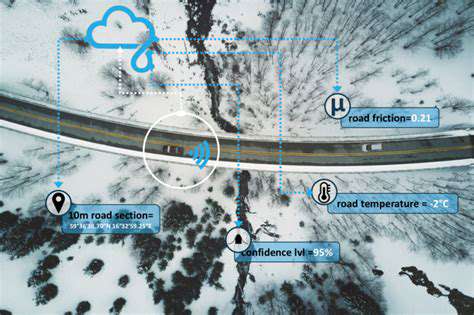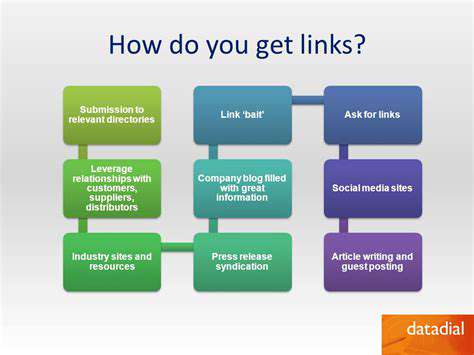Service Dog Training: A Guide to the Process
Early Puppy Development and Socialization
The formative weeks of a puppy's life are pivotal for shaping a service dog's temperament and adaptability. Exposure to diverse environments, sounds, and interactions during this window—typically between eight weeks and four months—lays the groundwork for a confident, well-adjusted companion. Rather than formal training sessions, focus on creating positive associations through controlled encounters with new stimuli. This early investment pays dividends by preventing fear-based reactions later in life.
Understanding Your Puppy's Needs
Canine development isn't uniform across breeds—a fact that demands customized approaches. The astute handler recognizes subtle cues indicating discomfort, fatigue, or hunger that might hinder learning. Watch for tail position, ear movements, and panting patterns as barometers of your pup's state of mind. Initial training should emphasize reward-based methods that make the puppy an eager participant in the learning process rather than a passive recipient of commands.
Basic Obedience Training: The Foundation
Core commands like sit, stay, and recall form the alphabet of service dog communication. But mastery comes through inventive reinforcement—not rote repetition. Alternate between high-value treats, favorite toys, and enthusiastic praise to maintain engagement. Pro tip: incorporate commands into play sessions to reinforce that compliance brings joy rather than being a chore.
Building a Strong Bond
The handler-dog connection transcends formal training. Shared downtime—gentle grooming, quiet companionship, or exploratory walks—builds unspoken understanding. This mutual trust becomes the invisible leash that guides a service dog's responsiveness in high-stakes situations. Notice how your dog naturally begins anticipating needs before commands are spoken—that's the bond manifesting.
Introducing Specific Tasks
Task training should evolve organically from foundational skills. Guide work begins with harness familiarization and obstacle navigation games. Medical alert candidates start by observing physiological changes during naturally occurring events (like blood sugar fluctuations). Keep sessions under five minutes initially—it's about quality micro-lessons that leave the dog wanting more.
Addressing Challenges and Setbacks
Every service dog candidate hits plateaus—perhaps refusing a command they've previously mastered. Instead of frustration, view these as diagnostic opportunities. Is the environment overwhelming? Are rewards insufficiently motivating? Sometimes stepping back to basics for a session rebuilds confidence. Persistence paired with adaptability separates adequate trainers from exceptional ones.
Ongoing Training and Refinement
Service dogs require maintenance training throughout their careers. Monthly check-up sessions assess retention of less frequently used commands. Introduce controlled distractions to proof behaviors—a truly reliable service dog performs equally well in a quiet clinic or bustling airport. This continuous improvement cycle ensures the dog remains sharp and engaged in its vital role.
Developing the Specific Service Dog Skills
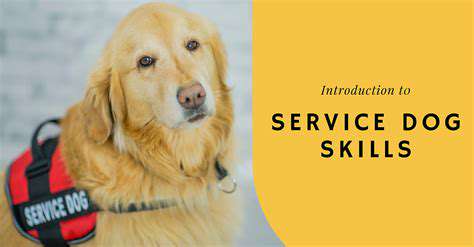
Defining the Scope of Service
Before teaching complex tasks, clearly delineate what the dog will—and won't—be responsible for. A mobility assistance dog doesn't need scent detection training. Precision in role definition prevents confusion and maximizes the dog's effectiveness in its specialty. Document these parameters to maintain training focus and facilitate handler education.
Identifying Target Users
Service dogs don't work in vacuums—they serve handlers with unique lifestyles. A diabetic alert dog for a college student requires different acclimation than one assisting a homebound senior. Tailor public access training to the handler's typical environments, whether that's lecture halls or medical facilities. Shadow the future handler for a day to identify specific training needs.
Establishing Key Performance Indicators (KPIs)
Quantify progress with measurable benchmarks: 90% first-command compliance in low-distraction environments before advancing. Track latency between command and response—under two seconds indicates solid understanding. These metrics transform subjective impressions into actionable training data. Adjust difficulty incrementally when the dog achieves 80% success at any level.
Designing the Service Delivery Process
Structure training like a curriculum with building blocks. Example: Retrieval training progresses from soft toys to keys to credit cards. Document each step to ensure consistency across trainers if multiple handlers are involved. This systematic approach prevents gaps in the dog's skill set. Include generalization phases where the dog practices skills in novel locations.
Implementing and Testing the Service
Real-world testing reveals what simulations miss. After mastering light switch operation at home, try different switch types in public restrooms. Does the dog generalize the concept or just memorize one motion? Identify these distinctions through controlled field testing before full deployment.
Monitoring and Evaluating the Service
Maintain a training log noting successes and areas needing reinforcement. Periodic videotaping provides objective performance review—notice subtle body language cues you might miss in real-time. This ongoing assessment catches regression early, when retraining is simplest. Quarterly evaluations with an independent trainer provide valuable outside perspective.
Certification and Ongoing Support

Certification Programs
Reputable certification programs evaluate both the dog's skills and the handler's ability to direct them. Look for programs testing in unfamiliar environments with staged medical emergencies. The best certifications require annual renewal to ensure maintained standards. Beware of online-only certifications that don't include live assessments.
Ongoing Support and Resources
Even certified teams need refreshers. Access to training videos demonstrating advanced techniques keeps skills sharp. Some organizations offer tune-up weeks where handlers can practice under supervision. This support network prevents small issues from becoming major setbacks. Consider joining handler forums to exchange tips with peers.
Expert Mentorship
Seasoned trainers spot subtle handler errors—like unintentional body language cues—that undermine training. A good mentor doesn't just correct the dog; they refine the human's technique. Seek mentors experienced with your specific disability type for tailored advice on task optimization.
Community Engagement
Local service dog meetups provide safe spaces to practice public access with understanding bystanders. These gatherings allow dogs to work alongside peers without the pressure of perfect performance. The shared experience creates invaluable peer support beyond formal training structures.
Continuing Education Opportunities
Advancements in canine science continually reshape best practices. Workshops on topics like stress-reduction techniques or new task-training methods keep teams at the forefront. Smart handlers dedicate 10-15 hours monthly to continuing education throughout the dog's working life.
Technical Assistance and Troubleshooting
When problems arise—perhaps the dog starts refusing a previously solid task—prompt professional consultation is crucial. Many training organizations offer emergency hotlines. Early intervention prevents minor issues from becoming ingrained problems. Document issues thoroughly before consultations to help trainers diagnose root causes.
Read more about Service Dog Training: A Guide to the Process
Hot Recommendations
- Customized Sleep Schedules: AI Driven for Sustainable Rest
- Crafting a Personalized Productivity Plan for Mental Clarity
- Sustainable Self Compassion: Cultivating Kindness Towards Your Mind
- Sustainable Productivity Hacks for the Busy Professional
- Sustainable Wellness for Parents: Balancing Family and Self Care
- Data Informed Self Care: Designing Your Personalized Wellness Strategy
- Sustainable Wellness for a Purpose Driven Life
- AI Assisted Mindfulness: Personalized Meditations for Deeper Practice
- Building Inclusive Mental Health Services: Key Initiatives
- AI Powered Self Care: Customizing Your Routine for Maximum Impact

